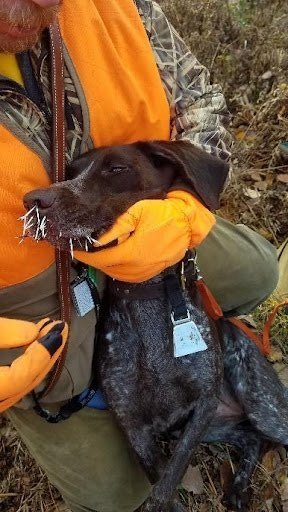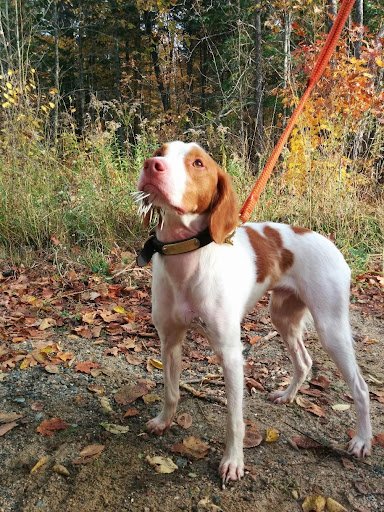By Misi Stine, Environmental Educator and member of the MN Herpetological Society
Supportstorm, Public domain, via Wikimedia Commons. Porcupine distribution.
The North American Porcupine is the second largest rodent on this continent (the largest being the American beaver). They weigh between 15-35 lbs., are 2-4 feet in length, have an average lifespan in the wild of 18 years, and make a wide variety of vocalizations, some of which can be heard for long distances (click here to listen to a sample). They are found in colors from blond to black and have large teeth with reddish-orange colored incisors. The color comes from iron in the tooth enamel that strengthens their teeth, allowing them to chew through lots of fibrous materials.
Porcupines have 30,000 quills covering the top of the body and their tails, which is their signature feature. The quills are modified hairs that help provide an effective defense against threats to this slow-moving terrestrial animal. The quills are hollow and 2-3 inches in length with 700-800 fishhook-like barbs near the tips which help the quills penetrate the skin easier and make it hard to pull them out. It is a myth that they can throw their quills, but the quills are lightly attached to their bodies, so if a potential predator comes in contact, they are easily released. If not removed from the predator, the quills can compromise their health because once the quills are embedded in the skin, they can be drawn further into the body with those fishhook barbs.
Potawatomi Zoo, CC BY-SA 4.0 <creativecommons.org/licenses/by-sa/4.0>, via Wikimedia Commons
What is the ecological role of this large prickly rodent? Porcupines, like their cousin the American beaver, have a role as ecosystem engineers. They earned this title by creating dead wood that provides habitat for other critters, opening up the tree canopy to make room for a great diversity of species, and are a food source for predators. They are herbivores with a wide-ranging diet of plant materials that change with what is available seasonally. Their diet includes grasses and parts of woody and non-woody plants such as twigs, buds, roots, stems, berries, fruit, and nuts. One of the food sources they rely on in lean times, like winter, is foraging on trees by chewing through the outer bark so they can eat the inner bark and cambium, often near the tops of trees. They are adapted to survive on foods that are not as nutritionally beneficial through a process called hindgut fermentation. This process occurs in a special sac in the intestines called the cecum. The cecum contains microorganisms that help break down and convert woody material into more usable calories. Porcupines also look for ways to supplement sodium in their diet and have been known to gnaw on some interesting things to get their sodium, including paddles, sweaty human clothes, and even automobile radiator hoses.
The porcupine presents several challenges to humans; as mentioned above, their foraging on trees can cause deformity or death of the tree. When that occurs in managed woodland, an orchard, or even in the backyard where a homeowner is impacted by the cost of the removal of a dead tree, it can be a sore spot, and that might make it challenging to live with this species. I know personally that it has been a challenge when hunting grouse with our dogs in northern Minnesota when both dogs have had negative encounters with porcupines (see photos) that led to sizable emergency vet bills (about $500 per incident).
Photos by Misi Stine and Jeff Munsterteiger.
Co-existence is learning more about this species, and implementing management strategies that provide food, shelter, and water, while working to protect the species humans value most on their land is important. There is a great resource developed through Woodlands Fish and Wildlife that is geared toward managed forests in the Northwestern United States but has information that could be used or adapted to forests in Minnesota. (https://woodlandfishandwildlife.com/publications/mammals/porcupines-in-managed-woodlands/)
In regard to co-existing with pets, I will share the philosophy I adopted a long time ago. When you are out in nature, you agree that you are accepting a variety of risks. Risks of injury, risks of disease from mosquitos and tick-borne illnesses, and the risks that come with encountering wildlife. The porcupine is not seeking out our dogs, but when encountered, the porcupine is simply doing its best to defend itself and survive for another day. I will not kill the porcupine for doing so, and I accept I have the responsibility in that situation, and I will look for more effective ways to avoid the negative interaction through training, proximity to my dogs, and other measures.
Resources:



